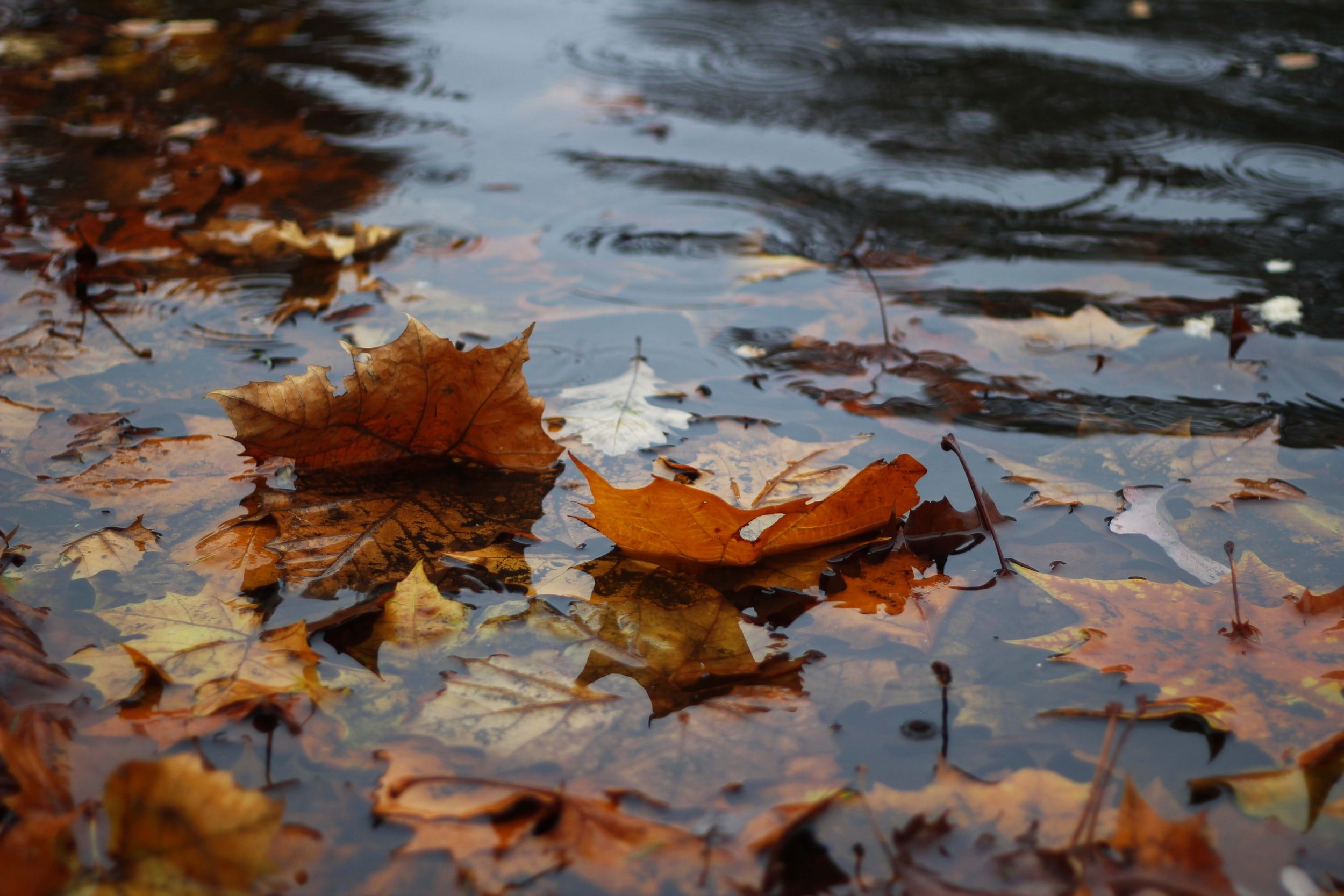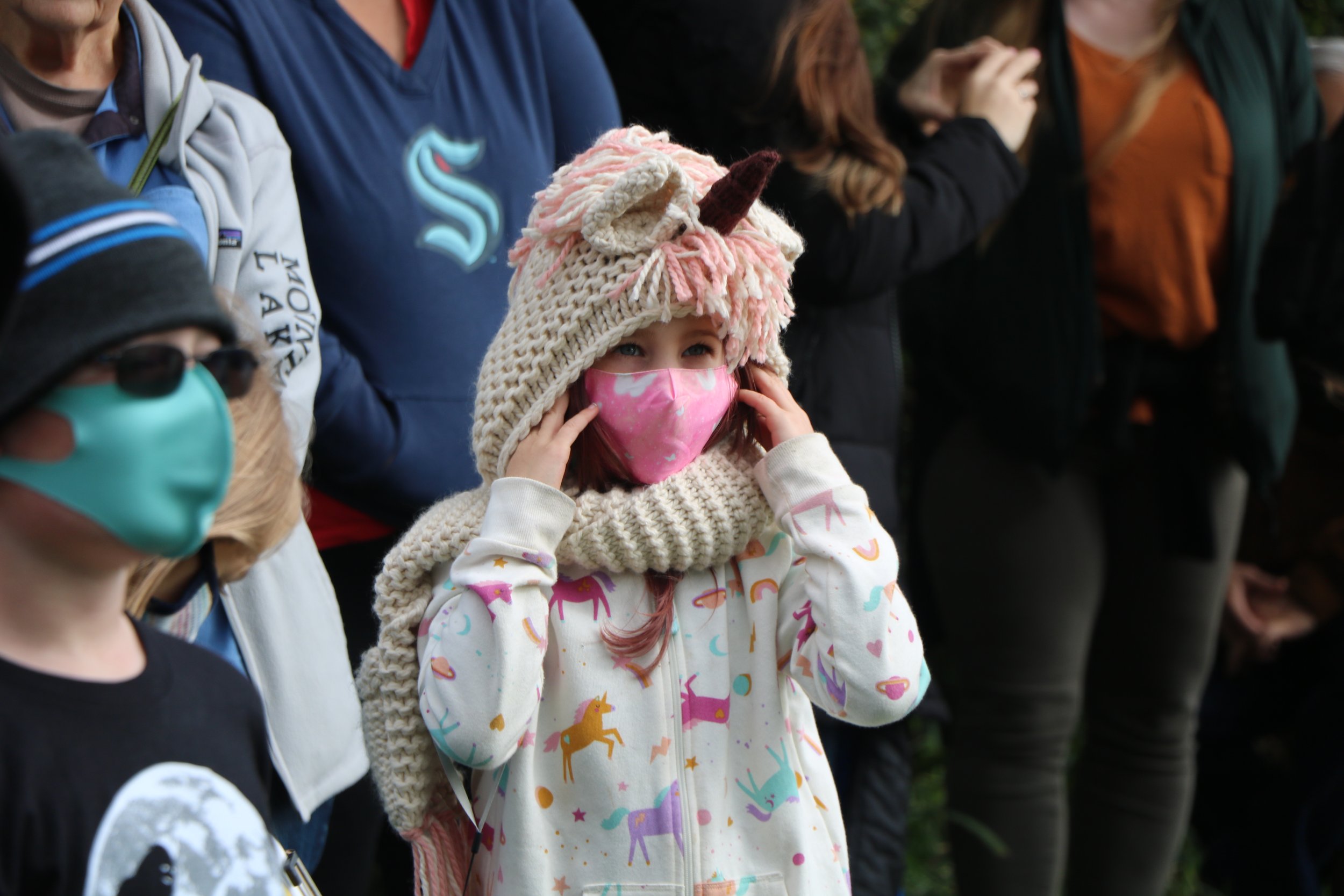129 farms assisted
We’re here to support our local farms, from large commercial operations to small urban farms, and everything in between.


Celebrating 80 years
Snohomish Conservation District (SCD) was established as a special purpose district in 1941 and is authorized under RCW 89.08. Our role is focused on a voluntary approach to conservation through education, technical and financial assistance, and on-the-ground projects. SCD, along with over 3,000 Conservation Districts across the country and 45 in Washington State, works to address land management issues with the goal of conserving the natural resources we all share.

We’re here to support our local farms, from large commercial operations to small urban farms, and everything in between.
We assist landowners in enrolling in conservation easement programs to protect farmland for generations to come.
We’re introducing conservation-friendly efficiencies on the farm that save time and money.
We help landowners find environmentally-friendly solutions using a non-regulatory approach.
Our planting projects help improve water quality, sequester carbon, decrease flooding, make farmland more resilient, and restore crucial habitat for salmon and other wildlife.
As the population increases in our community, we see the vital need to invigorate our land with native plants that support a healthy ecosystem.
We work hard to maintain the land we have invested in with our project partners and the community. Creating habitat that continues to thrive contributes to healthier wildlife populations.
Over 700 acres across Snohomish County and Camano Island received forest health assistance.
From individuals, to cities, to flood control districts and more, we are here to provide guidance and help find solutions.
We continued to adapt to the changing needs of teachers and students to provide watershed, salmon, and water quality education, by adding virtual and asynchronous lessons.
We strive to reach and engage a broad audience.
From webinars, to online classes, to outdoor events, we pivoted to connect with the community in effective and safe ways.
Creating rainwater storage reduces storm water runoff where we don’t want it and places it where we do want it, like thirsty gardens and yards.
To help feed our community, we installed raised garden beds for private residents and community organizations who grow food for food banks and local residents.
Alongside streams, we opened up habitat by replacing undersized culverts, removing unnecessary culverts that blocked fish passages and building fish-friendly bridges.
We provide detailed guidance on how to implement practices that improve land management and the environment.
From fencing to soil health and so much more, our certified farm planners work alongside farmers to create a roadmap that aligns with the farmers’ needs and goals on their property.


Regional Forestry Pilot Program
We’re called the Evergreen State for a reason— more than half of Washington is forested. Small forest landowners can play a vital role as stewards of this critical resource and they now have access to education and technical assistance from professional foresters, thanks to the Regional Forestry Pilot Program.

Agroforestry Gains Traction Across the County
Imagine a farm growing hay between rows of cider apples. A food forest at a church packed with fruit and nut trees, berries, herbs, and vegetables. A public trail weaving between native plants, hazelnuts, currants, and blueberries. These are snapshots of just a few of the latest projects implemented through our agroforestry program.

Urban Tree Canopy for Stormwater Management
Studies have proven what many of us have suspected for a long time: planting trees in urban areas measurably improves quality of life and overall health of the residents living in those spaces. However, these trees have another secret benefit. Urban trees can also play a vital role in addressing stormwater problems.

Bridges Over Barriers: Supporting Fish Habitat
Haystack Creek, with its plentiful vegetation and woody debris, has enough organic matter to delight any fish looking to spawn. Tony Peterson, who lives just outside of the city of Sultan, has always loved this creek…

Restoring Rivers One Creek at a Time
If you’re driving along State Route 530 towards Darrington, you might overlook a quiet creek nestled beneath the mountains. Don’t let its small stature fool you, however. Ashton Creek holds something of immense value: cold water. Ashton Creek flows from the slope of…

Green Solutions for Cleaner Water
It’s no surprise that we get a lot of rain—the Pacific Northwest is a temperate rainforest, after all. How we manage that rain once it hits the ground is important, especially in our region, where we’re experiencing rapid growth. In many places, the pervious…

Regional Conservation Partnership Program
As one of the fastest growing areas in the country, Snohomish County continues to lose more agricultural land to development each year. That’s why we’ve been playing such an active role working to protect farms through the Regional Conservation Partnership Program in the Stillaguamish River Valley.

Cultivating Success: A Local Flower Farm’s Story
Many farmers start with a dream and a willingness to work hard. However, transforming those dreams into a successful reality is often a challenge. That’s one of the reasons why Cultivating Success, a program that provides new farmers with education on production and marketing from experts in the field, is so important. In 2021, 83 people and a total of 47 farms participated in the program.

Most Successful Orca Recovery Day Yet
For the past four years, we’ve joined conservation districts across the state in hosting an Orca Recovery Day event to raise awareness about the challenges facing our Southern Resident Killer Whales.

Growing Community, One Garden at a Time
In recent years, local interest in community gardens—and the need for them— has increased significantly. Our Urban Agriculture team has been happy to support this growing trend.

Envirothon: Environmental Education
Competition Turns Virtual
Envirothon is North America’s largest high school environmental education competition. Through this innovative program, students from the United States…
Grants: $3,383,304.27
Snohomish County Assessment: $1,895,986.61
Camano Island Assessment: $60,292.97
City Partnerships: $181,807
Grand Total: $5,521,390.85



Farming is in our heritage. We have certified farm planners who will visit your farm for free and offer suggestions based on the goals you have for your property. In some cases, we may even be able to help cover the cost of improvements. As a conservation district, we work in confidence with local producers every day to ensure the viability of local agriculture, for years to come.
Situated in one of the fastest growing counties in the nation, we are helping to address the challenges of rapid development, and create the place we all want to call home. Whether you live in an apartment, condo or house - your actions at home make a difference. Our urban program offers creative ideas and incentives to help residents, businesses, schools, cities, and tribes take action as individuals or in community. Projects include rain gardens, rain catchment, sustainable landscaping, and urban agriculture.
As Puget Sound witnesses its iconic species like salmon and orca decline, our strategy is simple: restore the habitat they need to thrive. SCD’s team of engineers and specialists work from small to large-scale projects - offering services like landowner streamside assistance, weed abatement, and native plants - to fish barrier removal, culvert design and floodplain management.
We are investing in our future leaders. Our Youth Education program provides hands-on, real-world learning to address the conservation issues we see everyday. We offer in-classroom curriculum, teacher training, and service learning opportunities.